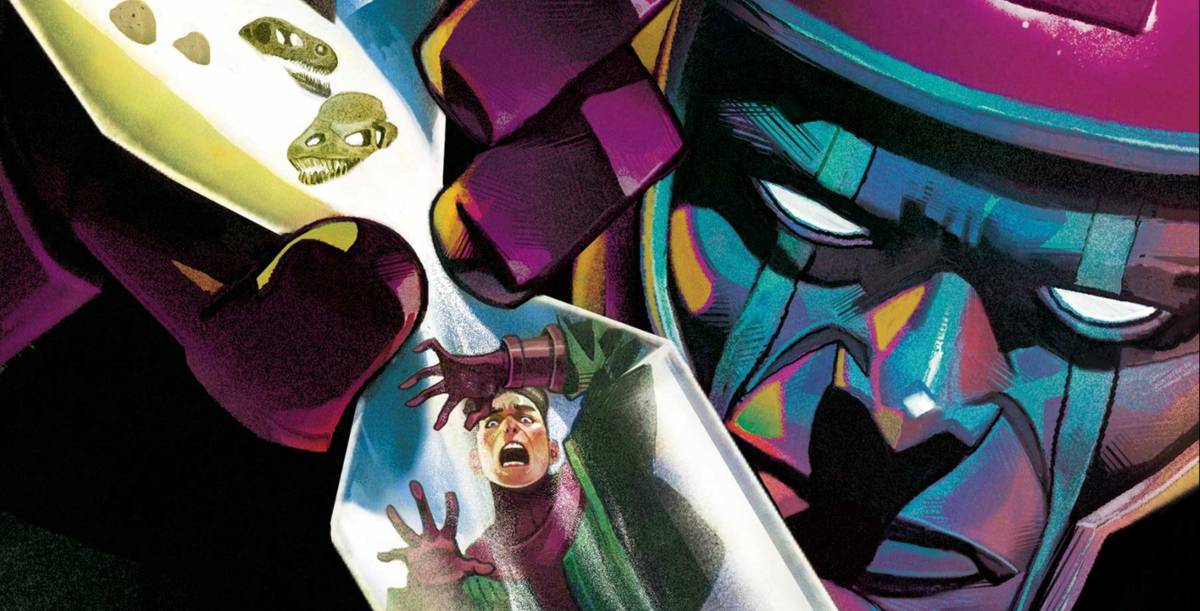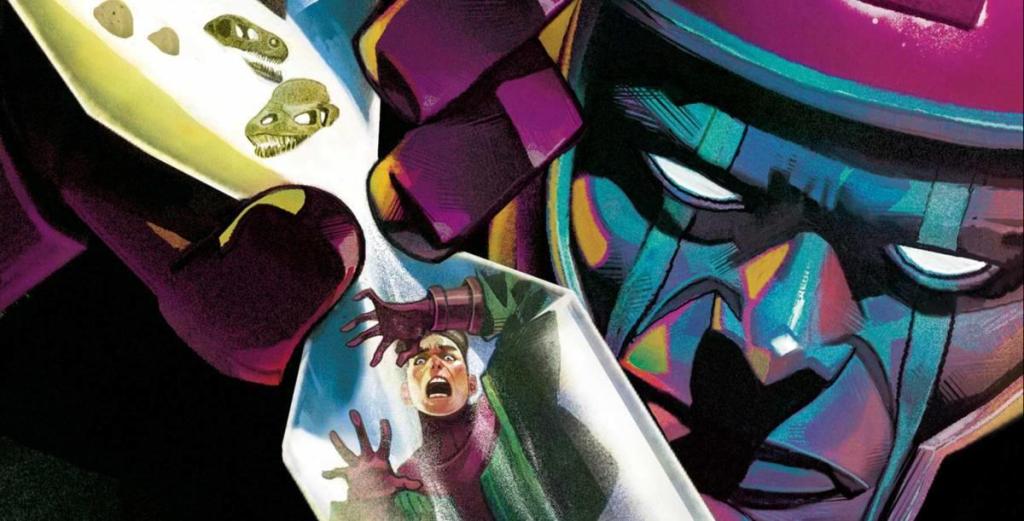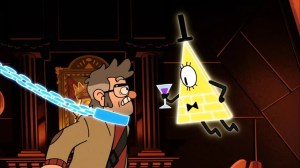The complex continuity surrounding Kang the Conqueror—one of the Avenger’s oldest and most fearsome foes dating back to Avengers #8 in 1964—is an in-joke amongst Marvel Comics readers. His many identities, alternate timelines, and seemingly endless retcons make the notion of “explaining Kang” to the uninitiated a steep task. With Jonathan Majors’ delightful appearance in Loki introducing Kang to a much larger audience, interest is at an all-time high and curious, new readers are in luck as Kang the Conqueror #1 sets out to provide a definitive once over for the many iterations and stories that define the purple-and-green clad, time-traveling villain. Although the story itself reads as equal parts retrospective, summary, and character thesis, it is dramatically more entertaining than the many internet explainers appearing in the wake of Kang’s live action adaptation.
Videos by ComicBook.com
Kang the Conqueror #1 starts at the beginning as a young Kang aims to abandon the utopian future he inherits for a world of strife. He is met by an older version of himself who seeks to teach him the lessons of future failures. It is an arrangement that blends origin story and history. While it’s unclear how the young Kang readers are following will turn out, his purpose as tour guide to his own life is made obvious in the first issue. It also provides a somewhat chronological story, beginning with a broad overview of Kang’s greatest hits from the Cretaceous period as the dinosaurs’ dominance is brought to an end. This structure should be applauded if only for making one of Marvel’s most inaccessible villains accessible in an issue seemingly any reader could comprehend.

I suspect that new readers will find a greater degree of enjoyment in exploring this perspective than the already initiated. This text avoids the question and genre of superheroes altogether focusing entirely on Kang’s sci-fi premise and tying it to questions of power and meaning. Although this issue only addresses these themes on a surface level, it does the same for Kang’s very strange lifespan before preparing to make a deeper study.
The adventures found in this debut contrast the young and old Kang—delivering a clear sense of the repeated failure who crops up in Avengers comics every few years and casting the determined, young conqueror as a protagonist, if not hero. Setting the young Kang’s teaching amongst humans and dinosaurs simultaneously is an odd choice, however, raising irrelevant questions about why this place from a private natural history museum in the deep South exists at all. It’s an unnecessary and inelegant addition to an otherwise streamlined narrative.
Yet my primary qualm with the story as it is presented in Kang the Conqueror #1 is that its purpose is clearly driven by the market for curious new readers to learn about Kang without becoming exceptionally frustrated. As the pair of Kangs speak and various references to the past and future are levied, even in the final few moments when yet another iteration of the villain arrives it’s clear that this is a guide to understanding stories that were already written. That can be entertaining, but by its nature reads as being inconsequential.
I hope to be proven wrong in future issues, but for now Kang the Conqueror #1 reads as a well-illustrated guidebook with narrative captions often overwhelming the actions and dialogue on the page. Young Kang’s motives are told to readers rather than shown and so he is robbed of agency in defining himself as a tragic hero, craven villain, or something between those poles.
Carlos Magno’s artwork delivers multiple excellent splashes and a riveting series of violent, horizontal panels that are bound to horrify readers at the end (even if they prove an unnecessary excess as promised earlier in the issue). Yet Magno’s work often functions to illustrate what is being said and utilized as an extension of the script rather than the primary storytelling function. Given the promising del Mundo cover and visual possibilities encoded in a time-travelling saga like this, it feels like a missed opportunity overall. No matter how confusing past stories may seem, there’s no reason that this series cannot strive to be additive, and it may still do exactly that in months to come.
Published by Marvel Comics
On August 18, 2021
Written by Jackson Lanzing and Collin Kelly
Art by Carlos Magno
Colors by Espen Grundetjern
Letters by Joe Caramagna
Cover by Mike del Mundo









